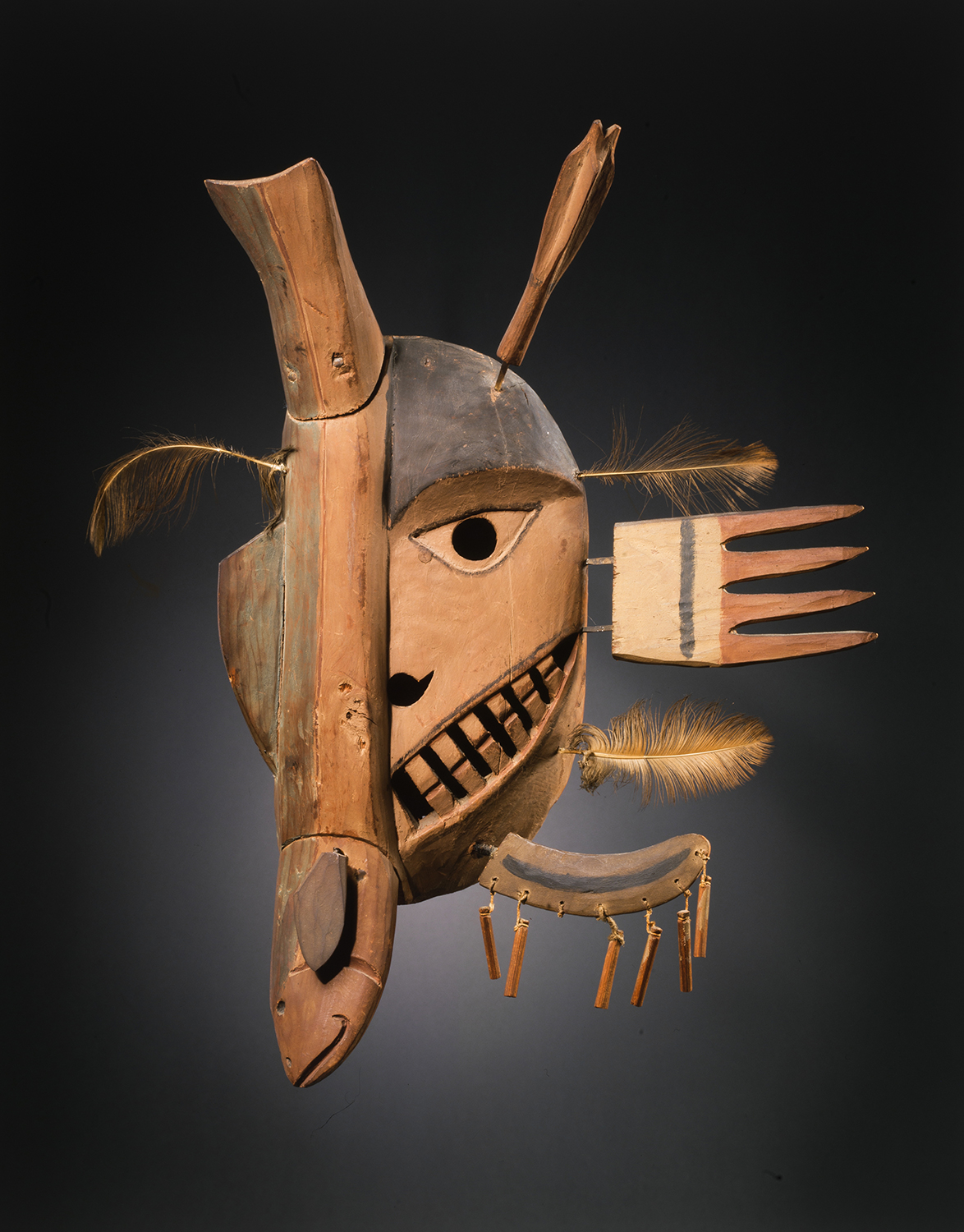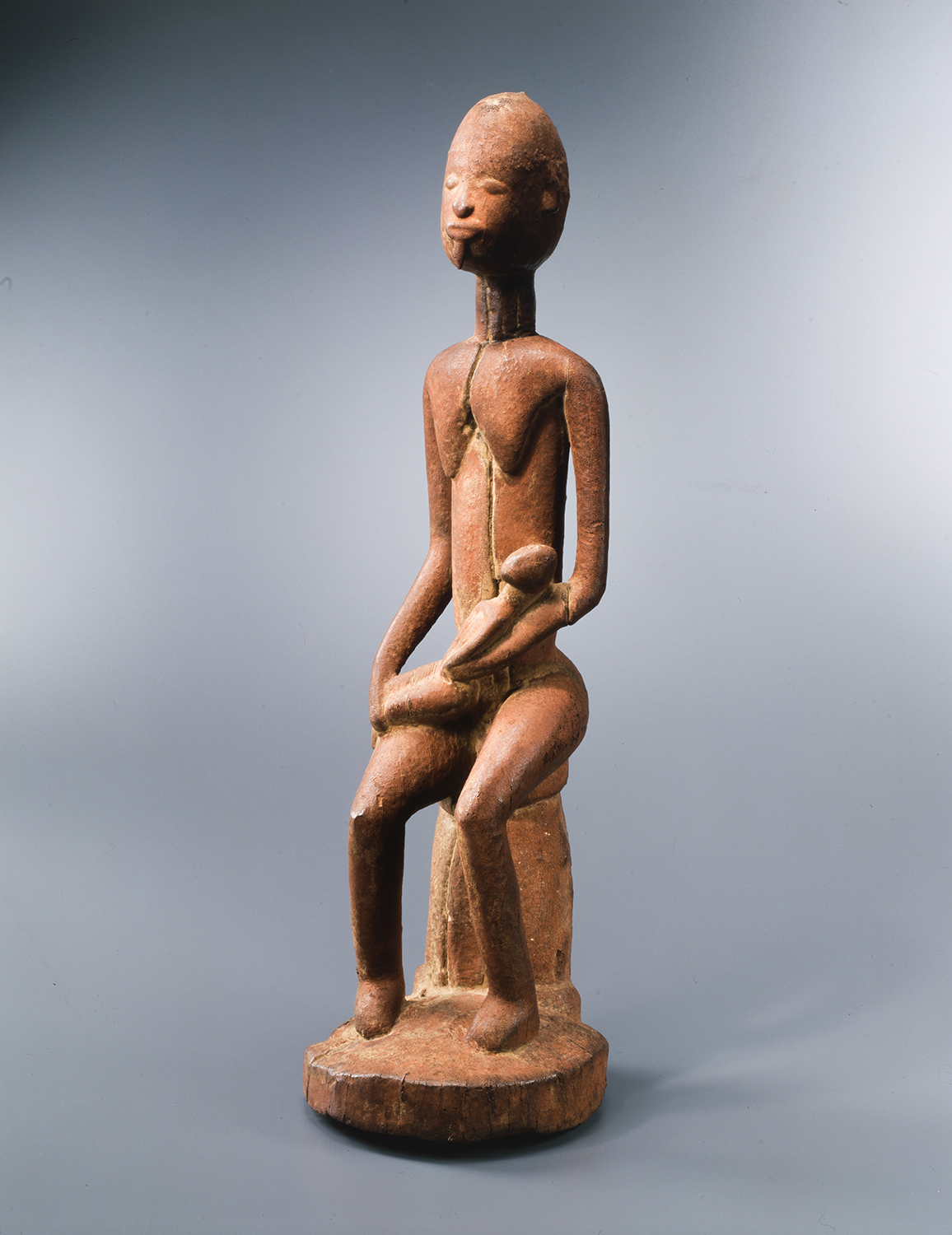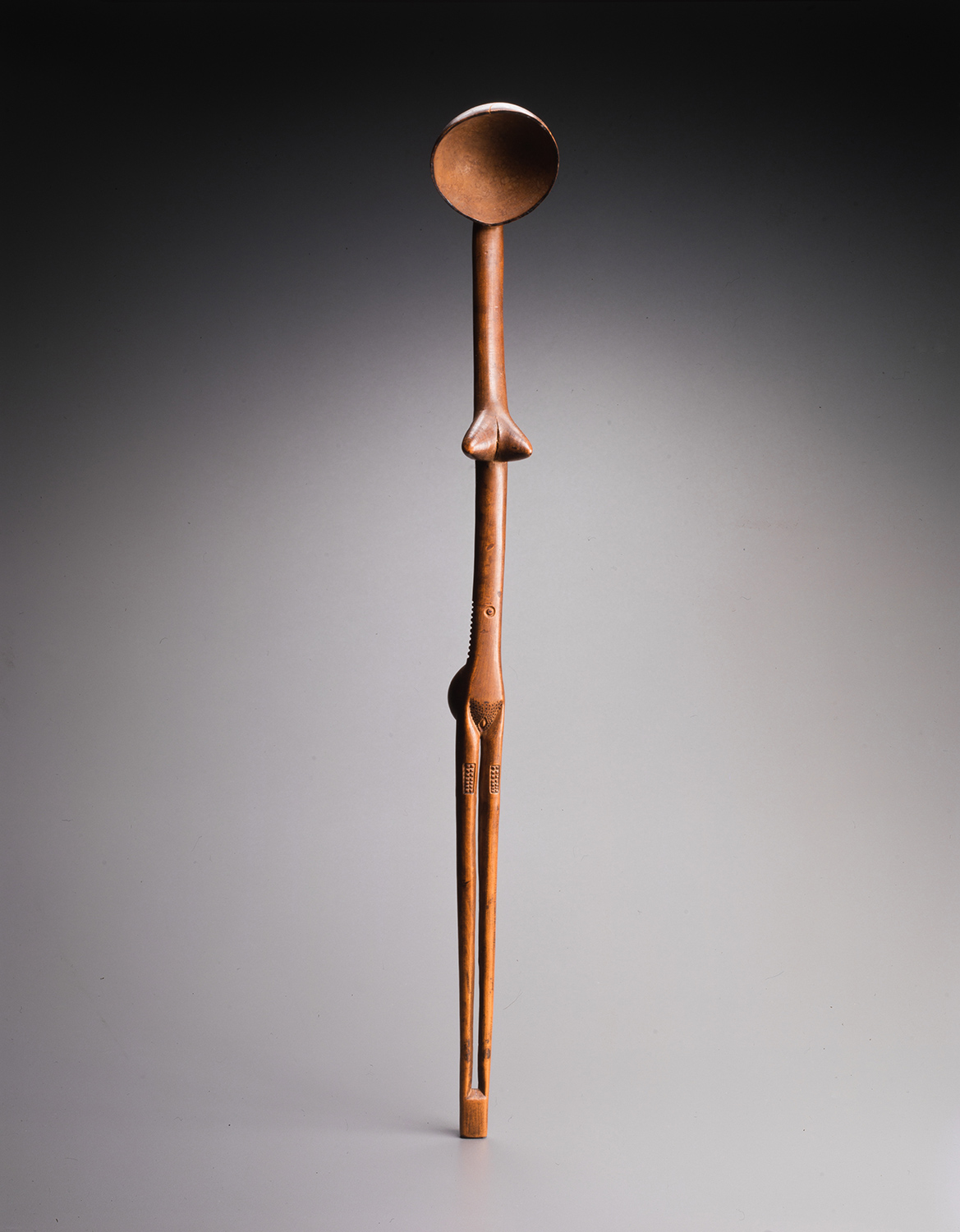Artworks from Around the WorldThe Pavillon des Sessions - Closed until the end of 2025
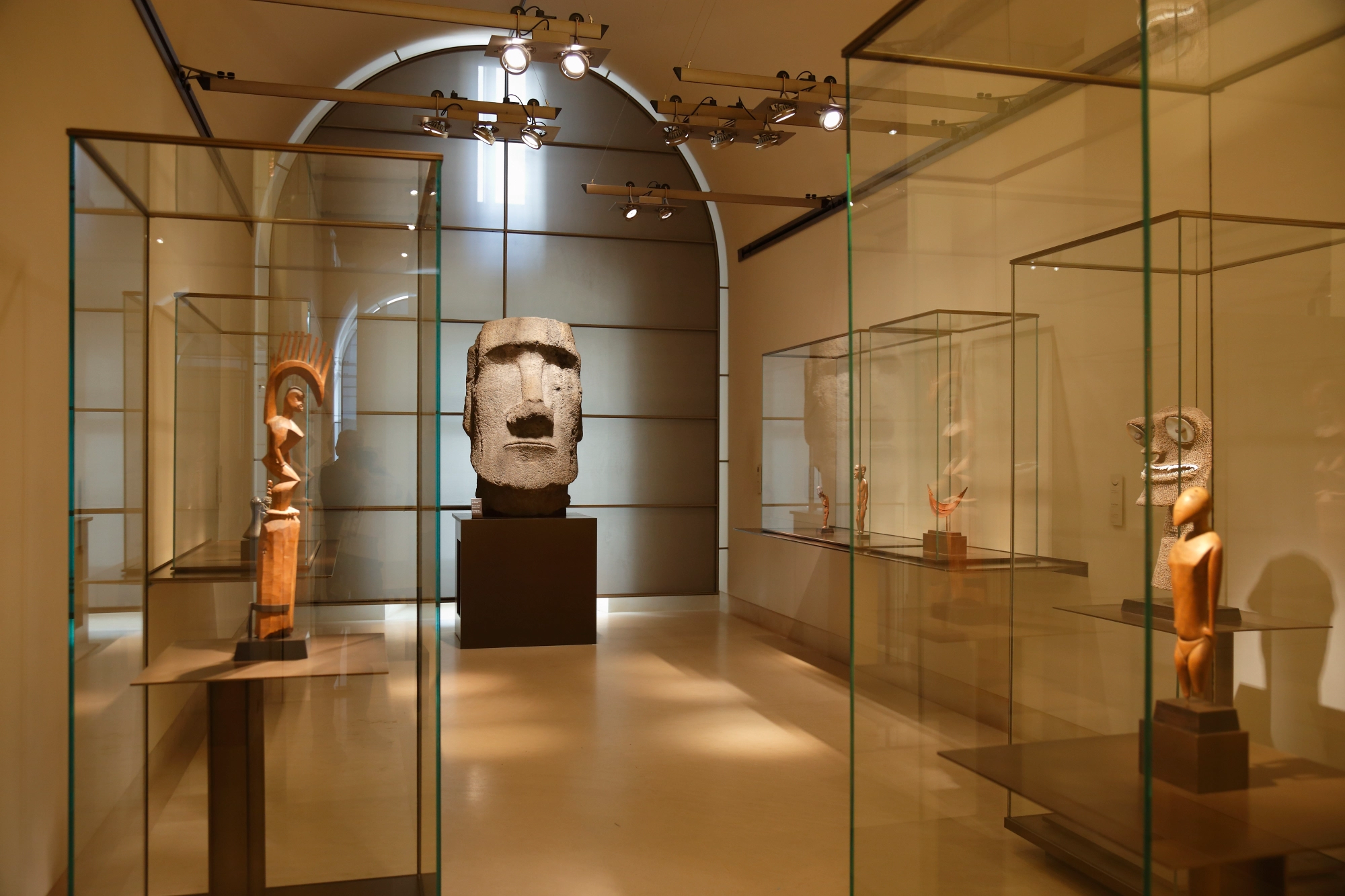
In 2000, the Louvre inaugurated the Pavillon des Sessions to display artworks from Africa, Asia, Oceania and the Americas. The world’s most visited museum thereby extended its reach to include the cultures of every continent.
120 masterpieces from all over the world
The large bright rooms in the Pavillon des Sessions are home to African sculptures and Arctic masks, a ceremonial house post from the Solomon Islands and an Easter Island statue head…and much more! The subtle, understated exhibition space designed by Jean-Michel Wilmotte provides the perfect showcase for the diversity of this display.
Born free and equal
The arrival at the Louvre of the arts of Africa, Asia, Oceania and the Americas was the culmination of a lengthy process. They had already been represented in the so-called ‘Musée Dauphin’ founded at the Louvre in 1827 by King Charles X. Visitors were enthusiastic and the museum was a huge success…but despite the interest in non-Western civilisations, the artistic value of the collection was not widely acknowledged and the works left the Louvre in 1905 to be shared among several other museums.
However – and thanks to artists such as Pablo Picasso – the pieces in the collection gradually acquired artwork status. In 1909, the French poet Guillaume Apollinaire expressed his desire to see the Louvre recover these masterpieces, which he described as ‘no less moving than the finest specimens of Western statuary’.
This view gained ground during the 20th century. In 1990, Jacques Kerchache, a specialist in non-Western cultures, published a manifesto entitled ‘The world’s masterpieces are born free and equal’. Signed by 300 artists, philosophers, anthropologists and art historians, it pleaded for the creation of a department at the Louvre dedicated to the arts of Africa, Oceania, the Americas and the East Indies.
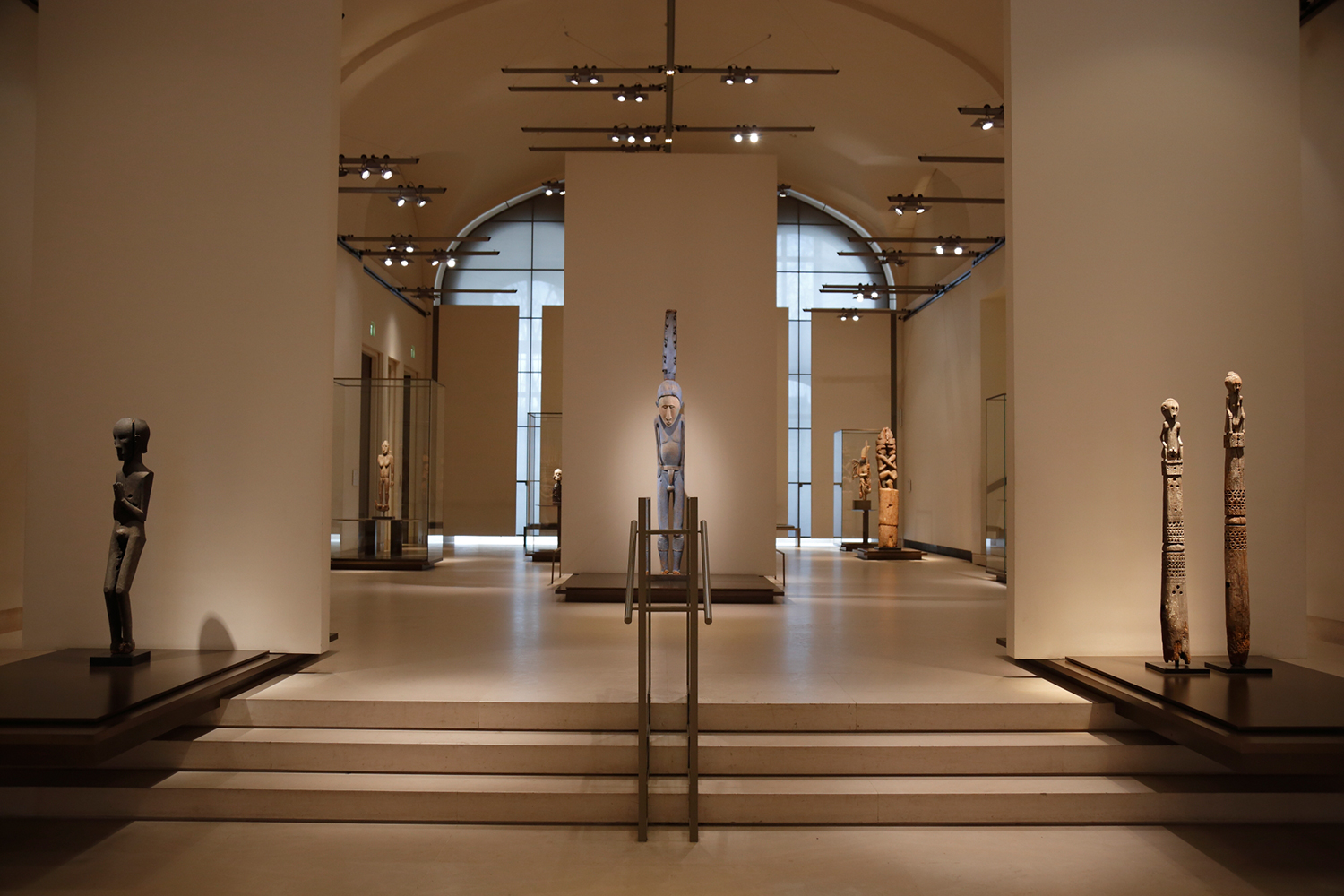
The Pavillon des Sessions
In 1996, the French President Jacques Chirac announced the creation of the Musée du Quai-Branly. This new museum was intended to showcase cultures and civilisations that had tended to be overlooked in the West by bringing together France’s two existing national ethnographic collections: from the Musée National des Arts d’Afrique et d’Océanie and the Musée de l’Homme. Jacques Chirac also decided that a selection of masterpieces from those collections should be displayed at the Louvre.
The building chosen to house the 120 artworks was the Pavillon des Sessions, built by the architect Hector Lefuel during the Second Empire to host parliamentary sessions. Art from every continent now has its place in the Louvre.
Masterpieces
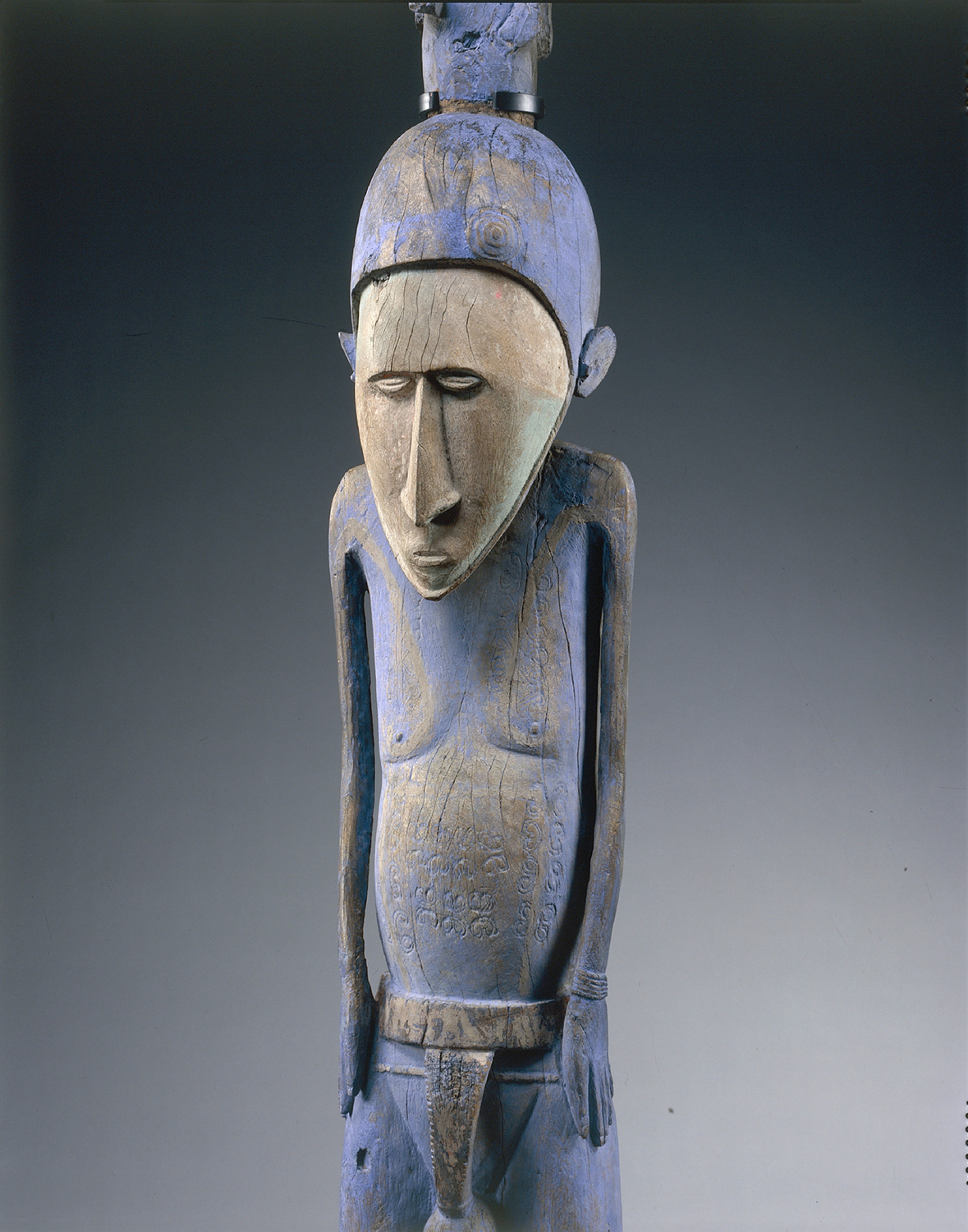
Anthropomorphic sculpture 'Trrou Körrou' (known as 'the Blue Man')
1 sur 10
Did you know?
Gu, god of iron and war
Wrought, laminated, hammered, nailed and riveted iron was used to create this image of Gu, the god of iron, metalwork and war. The flat crown on the figure – the only known life-size iron statue from Africa – recalls an ‘Asen’ altar, i.e. a metal rod topped by a circular plateau symbolising the presence of ancestors. In exchange for his protection, warriors setting out to fight assured Gu of their bravery in the forthcoming battle.
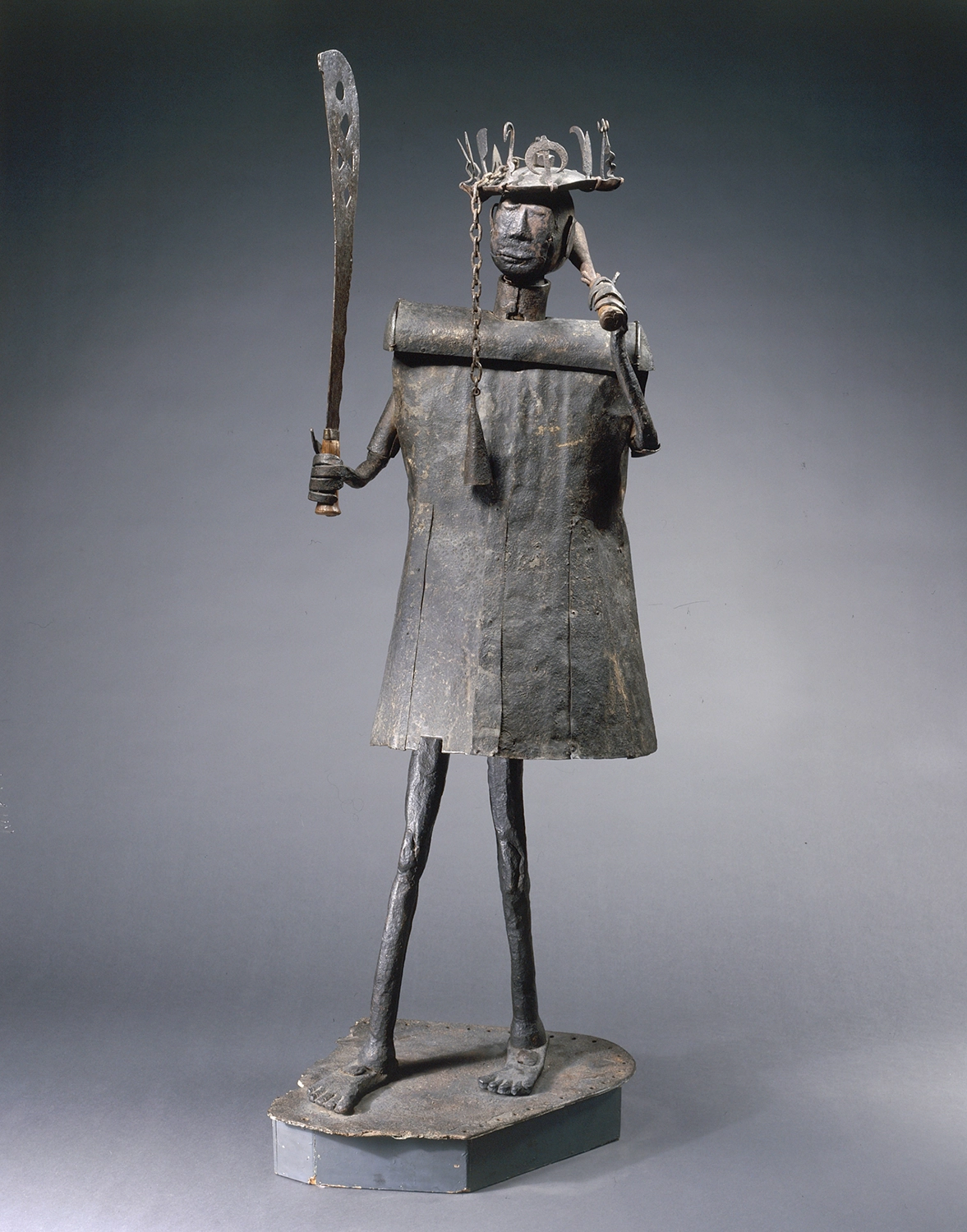
A moai statue from Easter Island
This head of a giant ‘moai’ statue from Easter Island probably represents a god or a deified ancestor. Moai were erected on stone platforms (ahû) to watch over sacred sites. The head was two-fifths of the total size of the figure; this one must have stood five metres tall. Like other moai, the top of the head is flat and must once have been crowned with a large cylindrical hat of red volcanic rock.
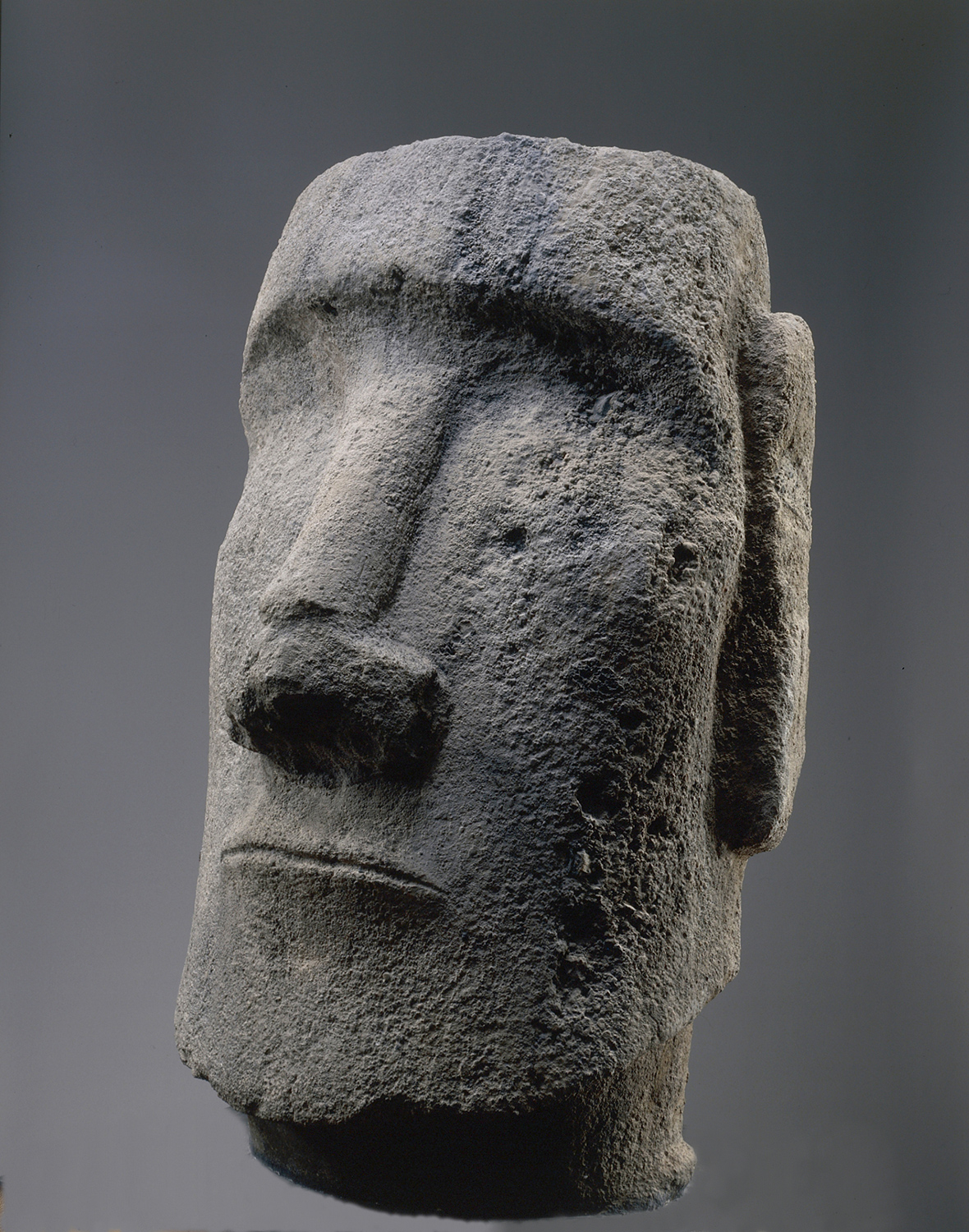
L'œuvre en scène
Delve a little deeper
For more information on the artworks displayed in the Pavillon des Sessions, head to the collection website of the Musée du Quai Branly.
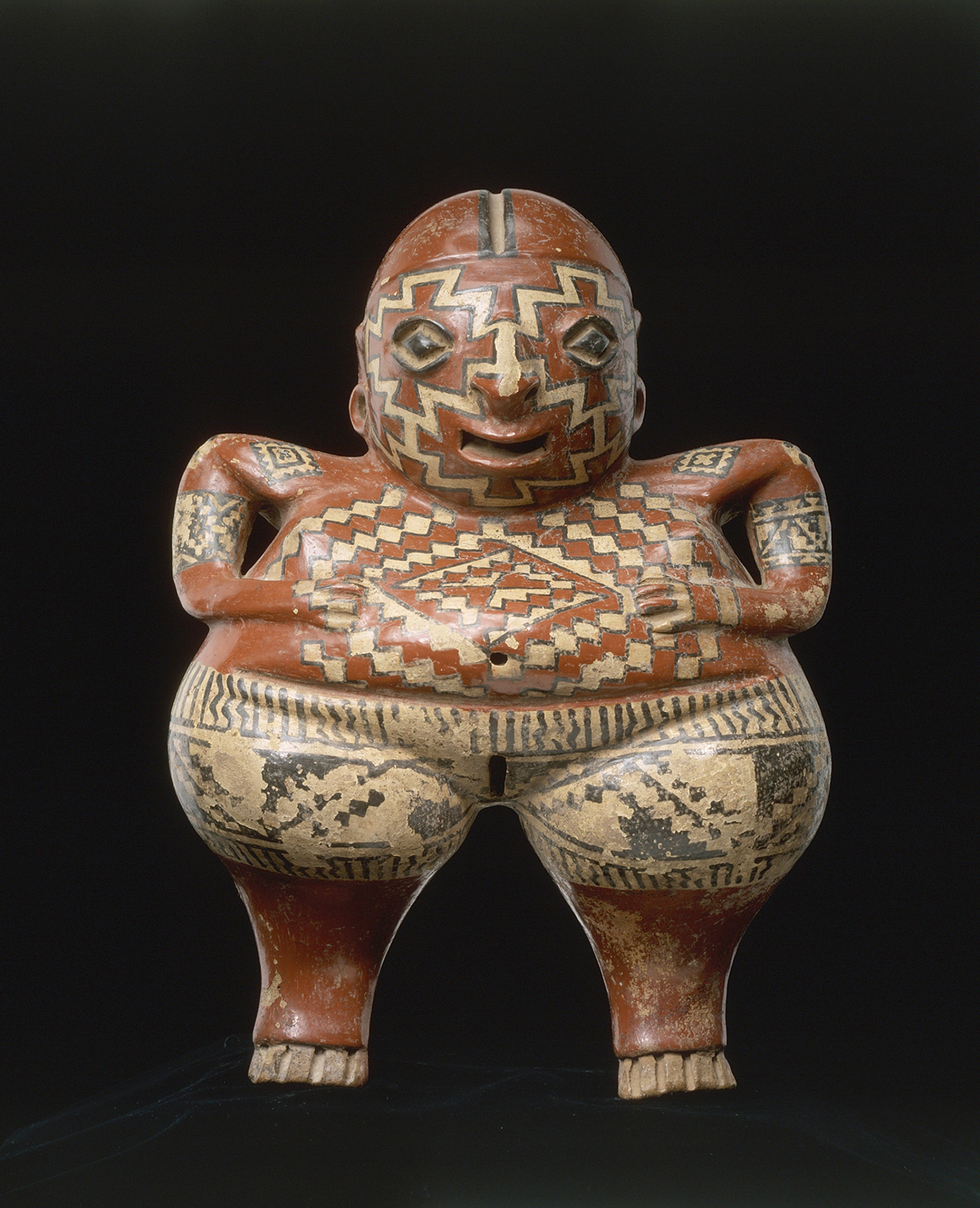
More to explore
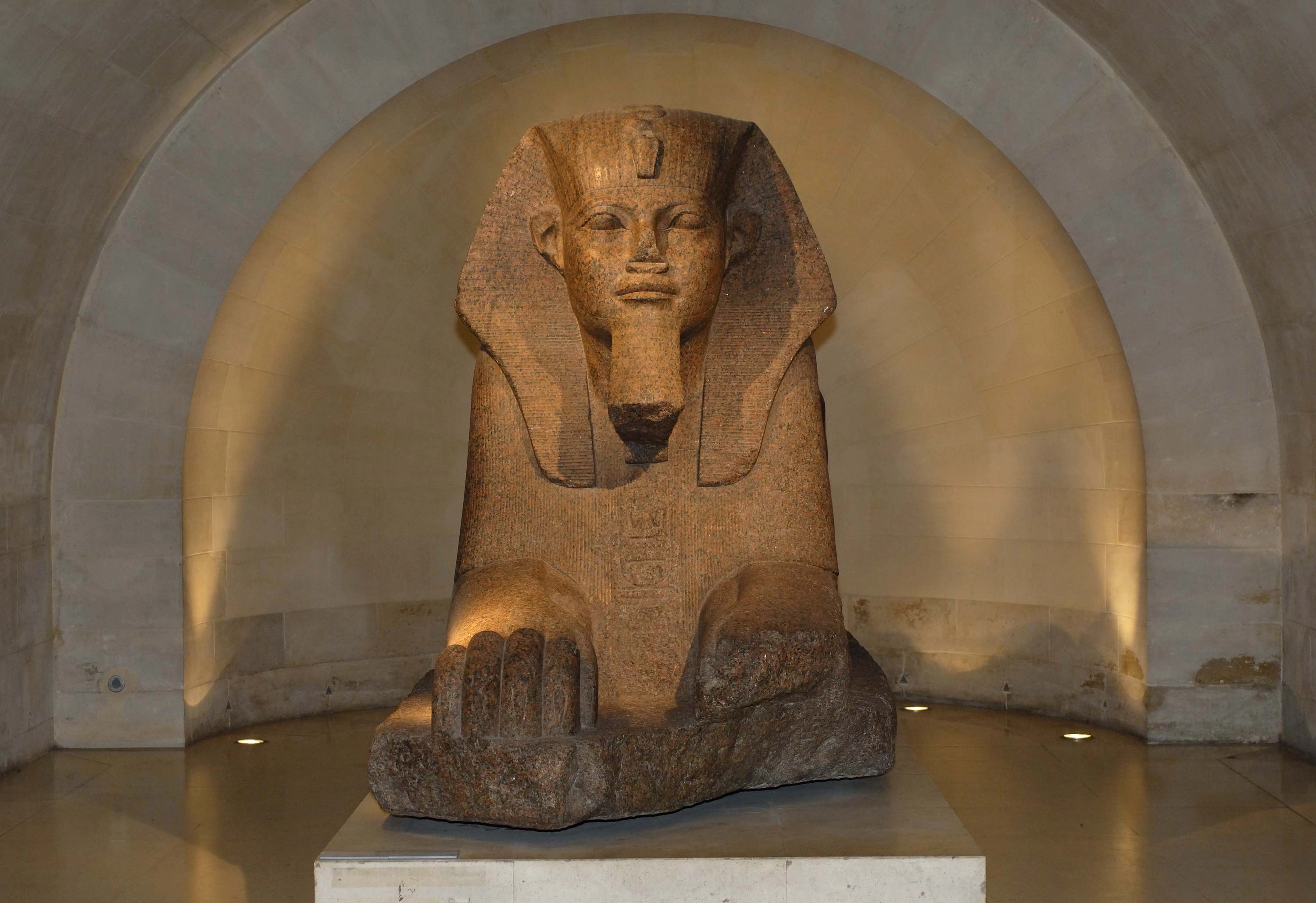
The Guardian of Egyptian Art
The Crypt of the Sphinx
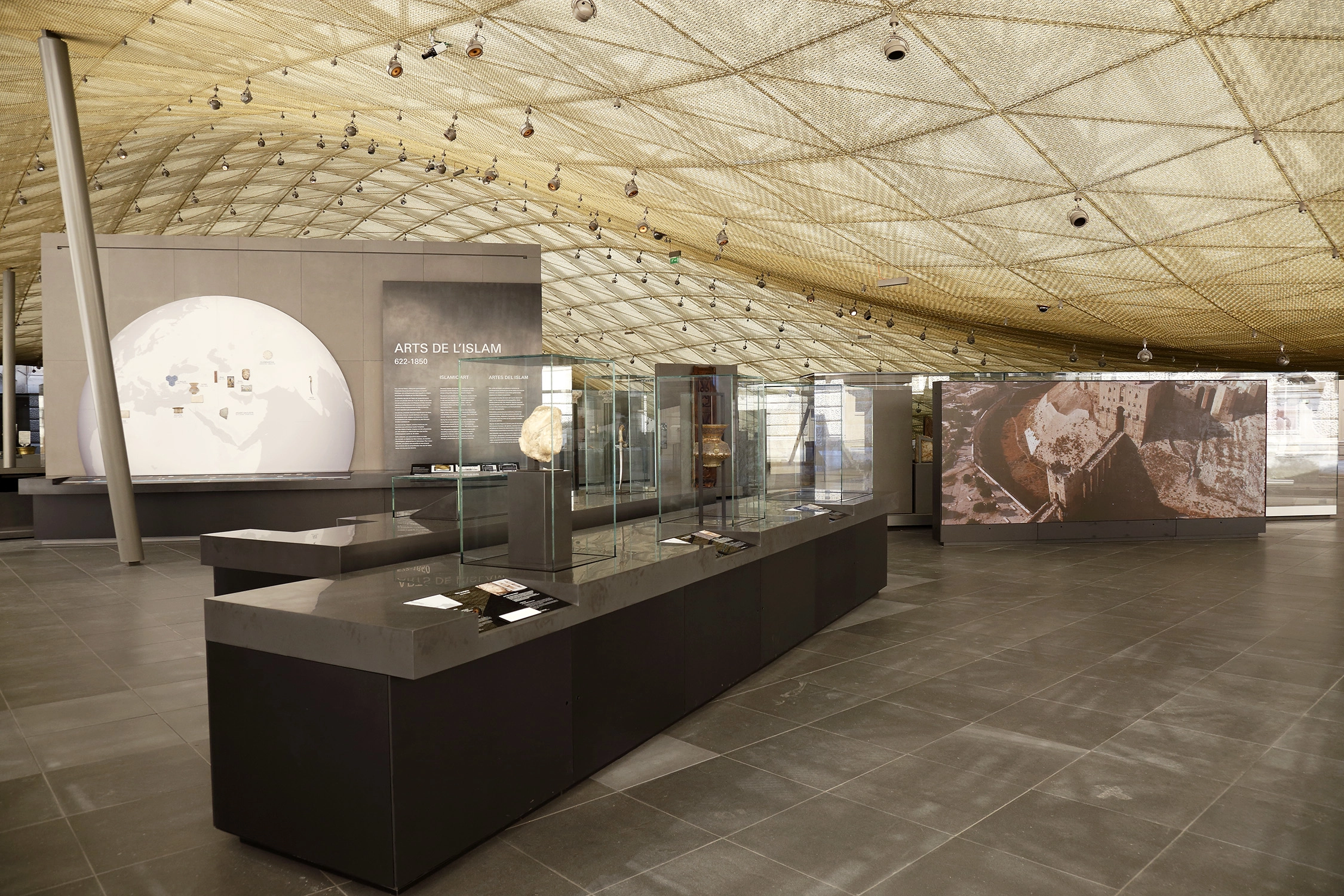
An Introduction to Islamic Art
The Cour Visconti - level -2 closed
